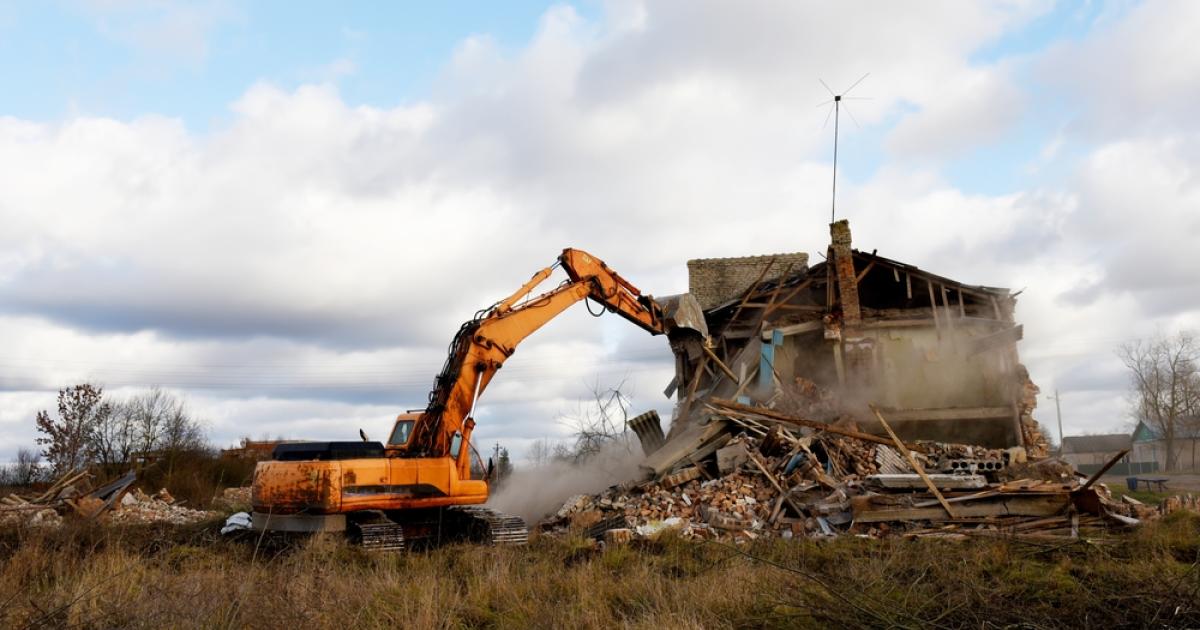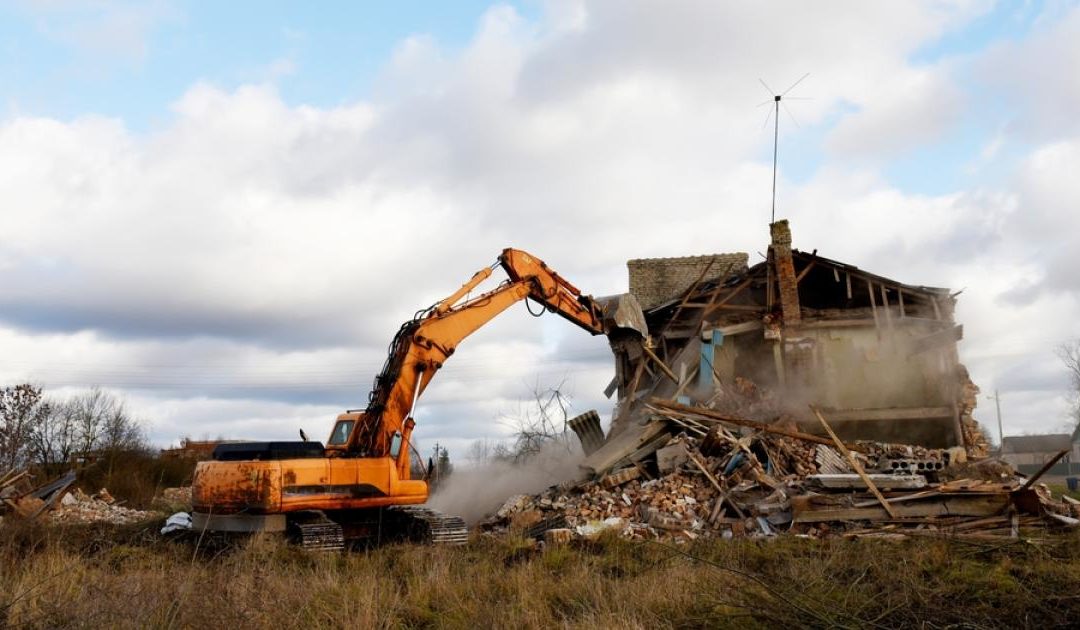
This article originally appeared in our Circularity Weekly newsletter. Subscribe to the newsletter here.
Back in 2016, my grandmother’s charming, but outdated 1941-built home was being torn down. Making way for the modern trappings of new construction, its demolition — while distressing to my family — was not an uncommon fate.
Hundreds of thousands of homes in the U.S. are demolished each year, and building demolition accounts for more than 90 percent of the 600 million tons of construction-related waste generated in the country each year — a volume projected to balloon to 2.2 billion tons globally by 2025.
Considering my profession, it won’t shock you that I found discarding the materials that comprised my grandmother’s house — my mother’s childhood home — unappealing. As an avid reuser, I saw potential for reclamation.
After speaking with the new home owner who’d commissioned the teardown, I was delighted to learn that tax incentives had inspired the donation of a variety of the home’s materials. Beyond that, the owner was amenable to my carpenter brother and I salvaging additional pieces for ourselves. With hammers and pry bars in tow, a few hours of effort rewarded us with a variety of old-home goodies. Most notably: a dozen, beautiful, solid-oak doors. While we didn’t have immediate need for these wood-working relics, we saw value all the same, and dutifully stored them for future use.
As a society, we often prioritize the new over the old, ignoring the embedded value of our existing materials and doing little to reduce the barriers and complexity of reusing them.
Earlier this year — nearly seven years post-salvage — the perfect project presented itself in the renovation of my Portland, Maine apartment, originally built in 1894. Finally, an excuse to give these old doors a new home! I was delighted.
There was just one problem: Repurposing old materials is hard.
The complexity (and cost) of reclaiming
After proudly revealing my reclaimed doors to my contractor, he was quick to tell me I was taking the more expensive route. Retrofitting old doors to my apartment’s frames would require newly built door jambs — a carpentry project for a skilled worker. On top of this, seven years without temperature-controlled storage hadn’t treated the doors kindly, resulting in peeling paint, rusty hinges and other deterioration that required refurbishment.
In spite of saving material costs, additional labor made the purchase of brand-new, ready-to-hang doors the far cheaper and faster path. I was crestfallen. As I quickly learned, “salvaged” does not necessarily equate to “savings.“
When it comes to a building’s end-of-life, deconstruction in lieu of demolition can send up to 85 percent less material to landfills but, thanks to additional labor, can be 80 percent more expensive.
A patchwork of reuse organizations across the nation strive to make the process as streamlined and cost-effective for consumers as possible. But as I recently heard at the Northeast Recycling Council’s Material Reuse Forum from Karen Jayne, CEO of Stardust, “it’s a tough business… building material [reuse] is often a breakeven proposition.”
Overcoming deconstruction’s hurdles
As a society, we often prioritize the new over the old, ignoring the embedded value of our existing materials and doing little to reduce the barriers and complexity of reusing them. This is all too true when it comes to buildings.
Repurposing old materials is hard.
Considering the embedded carbon of building materials will account for 50 percent of global-building sector emissions between now and 2050, prioritizing deconstruction and reuse feels essential. So what will it take to remove complexity and promote deconstruction and reuse? From where I sit, there are some thing I’d like to see more of:
- More deconstruction-friendly policy could create an enabling environment that mandates reuse and removes red tape. Thankfully, from Baltimore to San Jose and beyond, a growing number of U.S. cities are enacting deconstruction policies.
- More distributed organizations within the deconstruction and reuse sector could expand the market’s offerings, with the added bonus of building resilience and economic activity in local communities.
- More awareness and engagement — both in the private sector and amongst the consumers and DIYers who power much of building reuse today — could help drive up demand for reused materials. (If you’re thinking of becoming a salvager yourself, here are a few pro-tips.)
- More thoughtful design principles across the building sector should prioritize materials designed to be reused and buildings designed to be deconstructed.
- Perhaps most important, more appreciation for the embedded costs, carbon and resources in our materials would increase their inherent value. By not acknowledging the environmental externalities of buying “new,” we’re enabling a more destructive, wasteful system.
But what happened to the doors?
At the end of the day, my inner reuser could not be quelled and I steamed ahead with the more expensive, but (in my mind) more beautiful, reclaimed doors. I strapped on my DIY belt and threw hours of elbow grease into paint removal and scraping before hiring a carpenter to help with installation.
It feels important to acknowledge this decision comes from a privileged place: One where I can afford the extra costs and have the DIY know-how to tackle parts of the project myself. But when I consider the greenhouse gas emissions embedded in these doors — not to mention my aversion to cheaper, composite materials that incur a shorter life span and emissions of their own — the extra time, energy and budget feels well worth it.
If you’d like to read the original source of this article please click here Visit Source

